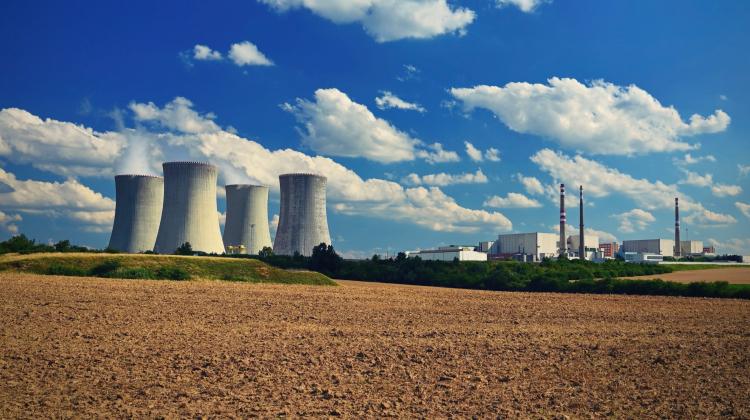On one hand, there have been efforts to increase resources for climate protection, whereas on the other, there have been attempts to prove that much more CO2 is released into the atmosphere during a large volcanic eruption than during decades of industrial activity of the human kind. Two facts seem to be worth pointing out here. It has been noted that something fishy may be going on with this global warming because, over the span of the last 100 years, swim suits have indeed become rather skimpy. It is a joke yet scientific observation that an average Jane or Joe are perfectly capable of while sunbathing on the beach may indicate a strong correlation between these variables
The second fun fact is the increasing activity of the supporters of the theory that claims that the current CO2 levels are much lower than they used to be in the days of yore, which is not really good for you. Further, if you want to be healthy, you should be able to breathe the air with 5% of CO2 in it. Quite an amount if you take into consideration that right now the percentage of CO2 in the air is about 0.04.
The truth? I am going to let the reader decide especially that there is a huge number of free access resources on the topic.
The chief objective of the blog is to be on the lookout for innovative technologies rather than to lead to disagreement. Therefore, it only makes sense to consider a technology that has caused quite a stir in the recent weeks.
I am talking about hydrocarbon fuel made out of carbon dioxide captured directly from air, which makes it possible to kill two birds with one stone: to get rid of the CO2 that so many of us love to hate, and second, to make fuel that is environmentally-friendly as it is not obtained from oil but from one of the greenhouse gases.
This immediately raises a question: will production of this kind of fuel be economically viable? Because you can’t really fool chemical thermodynamics and you are sure to need huge amounts of energy for the process, which may cause its price to skyrocket. Yet, the innovators have claimed right from the start that they are going to mostly use renewable energy for the installation, especially solar energy. They have also presented data that show that switching to renewable energy for powering a pilot installation lowered the cost of its operation threefold. Ecological footprint, which is an indicator that allows you to assess the use of natural resources with reference to Earth’s biocapacity, was also significantly reduced.
How does it work? It takes three steps, one of which is pretty much veiled in secrecy. It all starts with the process of carbon capture from the atmosphere. The air goes through what is called a scrubber where carbon dioxide is captured by calcium hydroxide solution and, as a result of a chemical reaction, is transformed into carbonate. The resulting solution is sent to a pellet reactor where tiny pellets of calcium hydroxide precipitate out. Next, the carbonate is heated to decomposition temperature. As a result, residual calcium oxide is returned to the installation while a pure stream of CO2 is sent for fuel production. Obviously, to obtain hydrocarbons for fuel production you need a source of hydrogen but also a source of carbon. Hydrogen is obtained through the electrolysis of water and you won’t be surprised to learn that electrical power for this process also comes from solar panels. The final step, the most mysterious one, involves the production of fuel from the two intermediate products: CO2 and H2. The authors have revealed that the Air to FuelTM technology relies on thermal catalysis and makes it possible to obtain different types of hydrocarbons. However, the company has channelled its efforts into the production of diesel fuel and jet fuel.
Very well but let’s go back to the question we have posed: how much does it cost? The creators have suggested that once the scale of production is increased, the price of fuel so produced should be 1$/l. It is music to our ears considering fuel prices at our native gas stations. All interested please visit Carbon Engineering1 website where you can find out more about the technology.





